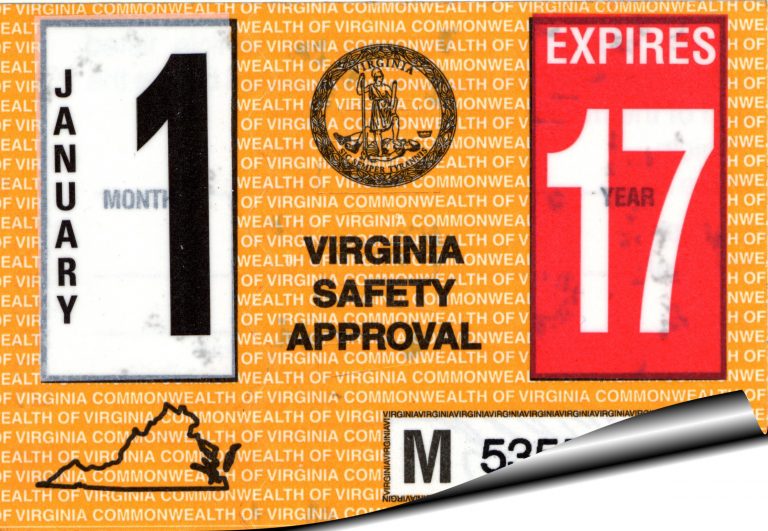Signs a Vehicle has a Bad O2 Sensor
When you notice your vehicle isn’t running right, or the check engine light has come on, hope the issue is your oxygen sensors. O2 Sensors are typically a low cost and quick service; but putting the issue off or ignoring it altogether can have expensive and lengthy repairs.
Let's not get ahead of ourselves.
First, what are the signs an O2 sensor may have gone bad?
- Check Engine Light Comes On
- Noticeable Loss of Fuel Efficiency
- Sulfur or ‘Rotten Egg’ smell from Exhaust
- Black smoke from exhaust
- Emission levels reach high levels
- Your engine hesitates, skips, begins bucking or has power surges
- (and one thing we try to avoid by catching O2 sensor issues early) Your Catalytic converter fails suddenly

If you ignore the signs of an O2 sensor issue, your catalytic converter is likely at risk and could potentially cause further damage to your vehicle if it quits on you. A service that could run you a couple hundred (depending on how many oxygen sensors your vehicle has) could now cost $500- $2,000 more.
Second, how many oxygen sensors does my vehicle have?
This will vary from vehicle to vehicle, but here is a quick trick to determine how many your car has.
For each exhaust pipe your vehicle has, you will have one catalytic converter (a part that turns harmful gasses into less harmful gasses). For each catalytic converter, you will have two oxygen sensors. Many vehicles will have only one catalytic converter, and therefore, two oxygen sensors, but some can have four or more.
Third, do I have to replace all O2 Sensors at the same time?
No, BUT it’s highly recommended. Why? Our technicians at Global Automotive recommend replacing all your sensors in the same appointment to save money, time and inconvenience. Typically, if you only replace one that has gone bad, you will be back through our door within 3 months to replace the other. This costs time and incurs an additional cost for labor.
What do Oxygen Sensors do?
These sensors play a critical role with fuel monitoring, delivery, MPG and timing as well as Emissions release. They measure the amount and quality of oxygen in your exhaust pipe compared to exterior oxygen and then they send this information to the engine’s computer for analysis.
And lastly, how long do oxygen sensors typically last?
Older vehicles have O2 sensors that will typically last 30,000 to 50,000 miles, or 3 to 5 years. Newer vehicles employ sensors with an additional heated element and these new sensors are more likely to last to 100,000 or 7-10 years.
Carbon build up and soot cake up on these sensors over time. The exhaust’s output may pass grease, oil, or other liquid through its stream that sticks to the sensors. Main elements simply wear away such as the tip of a spark plug. A lag or Check Engine Light will be your first warning something may be wrong with your sensors.
Are there ways to prolong the life of my O2 Sensors?
- Avoid low quality or discount gasoline.
- Check your owner’s manual for manufacturer’s recommendations regarding fuel octane and avoid fuel using a lower octane level.
- Service your vehicle with regular maintenance, especially spark plugs and air filters.
- Have a vehicle inspection at least once a year.

Global Automotive experts are ready to diagnose and repair any issue your vehicle may have. We’ll get you back on the road safely. Call to schedule your appointment today and see why we’ve been trusted as Fauquier’s Auto shop for over 25 years.